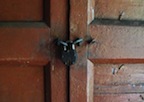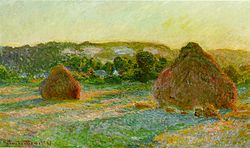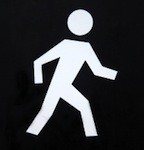In honor of Mother’s Day, I wanted to take time to appreciate some of the things my mother taught me–things that I, no doubt, failed to appreciate in the moment. Now, with kids of my own, I have a much different perspective, and a far greater appreciation of all those little things my mother demonstrated in her daily life. I’d like to think I have carried on the tradition, despite having long way to go.
1. Make people feel welcome.
My mother excelled at this. She might not have been the best at teaching formal manners, but if you stopped by (even if you didn’t call first), you could be sure you would be welcome. She would drop what she was doing and sit down to have a cup of coffee or tea with you, and she would listen. If it were meal time, you’d be invited to stay. Mom would have opened up some applesauce or heated up another can of corn or something to make the meal stretch. All without fuss, without drawing any kind of attention to the fact that it meant extra effort for her.
2. It’s okay to make a mess–as long as you clean up after yourself.
My brother and sisters and I were allowed to cook/bake by ourselves by the time we were ten or eleven. She even let us to experiment, making up our own (frequently inedible) recipes. The only rule was that we had to clean up afterwards. Painting projects, gardening projects–my brother and I made a fort of scrap lumber in the back yard. It took up most of the yard (including the clothes line). We dug a six foot hole and made a fort out of that too. I remember turning the basement into a roller rink, and inviting the neighbor kids in to play “dark” after blocking off all the windows and doors so that you couldn’t see your hand even one inch from your face.
3. “Necessity is the mother of invention.”
This was one of my mother’s favorite sayings. Whether it was figuring out how to do something for a school project, how to fix something broken, or what to do when we were bored, this phrase meant we had to be creative. The good part was that she usually was willing to help.
4. “Chalk it up to experience.”
An even more popular phrase of my mother. She used to when my first boyfriend broke up with me, when I caught the gas pump hose under the raw edge of the steel bumper and ripped it, spraying gas everywhere, when I lost everything on the computer because I hadn’t saved it and the power went out, when the cake came out overdone. And she always managed to say this in such a down-to-earth, pragmatic way. Not unkind, but not in a way that allowed you to feel too much self-pity either. I should probably hang this on the refrigerator. Wouldn’t hurt.
5. Beauty is all around–take time to enjoy it.
This enjoyment of nature was evident in my mother’s gardening and in her art. Her gardens were the old “cottage” style with lots of variety and color–and that is the way her paintings showed nature as well. We went camping several times every year, even when we were little kids. Now that I’m a mother, I know it isn’t easy. Yet either my mom really loved it, or she was a very good actress. (I’m not that good)
There are, of course, many other wonderful things my mother taught me–how to laugh at myself, how to make all the parts of a meal ready at the same time (still don’t have that one down), and how to live and die with dignity and faith. One cannot ask for a better mother than that. I love you Mom.














